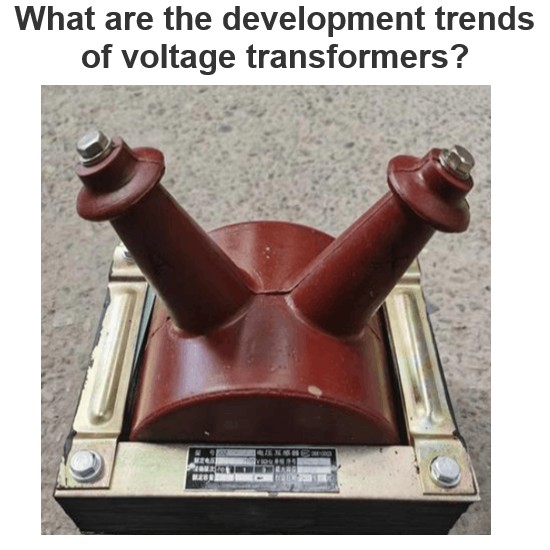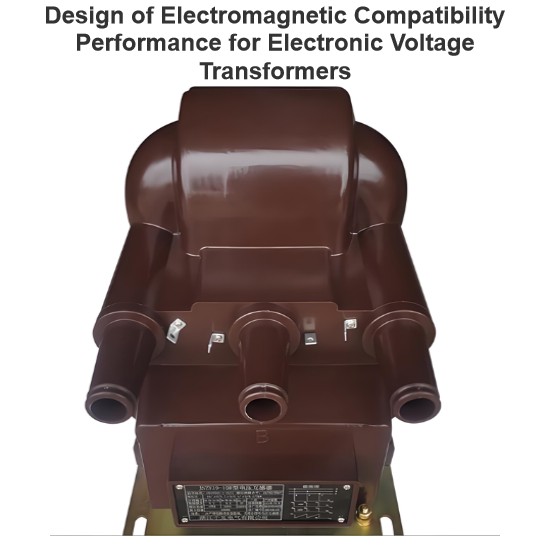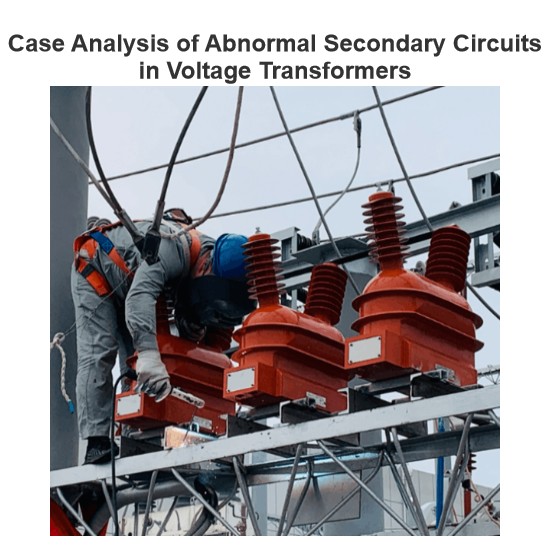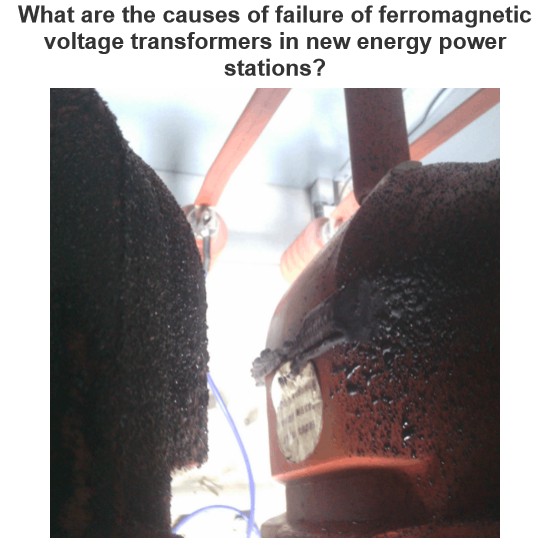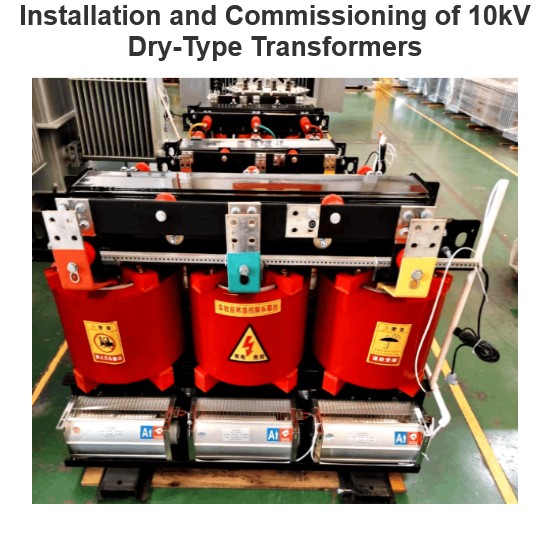| Brand | Wone |
| Model NO. | 1kW / 1.036 kWh portable power station |
| 输出功率 | 1000W |
| Energy capacity | 1036Wh |
| Series | Portable power station |
Description:
This 1kW / 1.036 kWh portable power station can support up to 12 devices simultaneously, is easy to carry (11kg), and ideal for outdoor activities as well as emergency power supply for homes. This is a lifestyle change-maker and the dream device for adventurers.
Feature:
3- Level Brightness.
SOS Function.
Equipped with 2 Wireless Charging Pads.
Capable to Charge 12 Devices Simultaneously.
Big Capacity in Small Box.
Basic parameters:
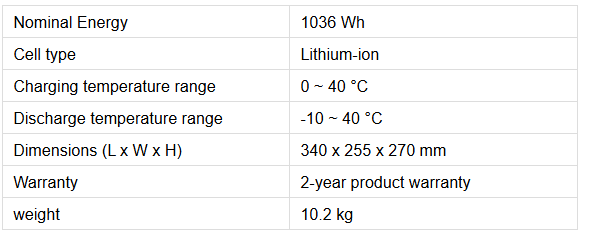
Electrical Parameters:

How are portable charging stations overcharged protected?
Voltage Detection:
Function: The Battery Management System (BMS) continuously monitors the voltage of each battery cell.
Principle: When the voltage of a battery cell reaches or approaches the preset upper limit (for example, the upper limit of a lithium-ion battery is usually 4.2V), the BMS will trigger overcharge protection.
Current Detection:
Function: The BMS monitors the charging current.
Principle: If the charging current exceeds the preset safety threshold, the BMS will reduce the charging current or completely cut off the charging circuit.
Temperature Detection:
Function: The BMS monitors the temperature of the battery.
Principle: If the battery temperature exceeds the preset safety threshold (for example, 60°C), the BMS will reduce the charging current or completely cut off the charging circuit to prevent dangers caused by overheating.
Logic Control:
Function: The BMS makes logical judgments based on the data of voltage, current, and temperature to decide whether to activate overcharge protection.
Principle: The microprocessor built into the BMS will judge whether the battery is in an overcharged state according to the preset algorithms and thresholds. If overcharge conditions are detected, the BMS will execute corresponding protection measures.
Protection Measures:
Cutting off the Charging Circuit: The BMS cuts off the charging circuit by controlling the charging relay or MOSFET (Metal Oxide Semiconductor Field Effect Transistor) to prevent the current from continuing to flow into the battery.Reducing the Charging Current: In some cases, the BMS may first reduce the charging current to observe the changes in the battery state. If the battery voltage still rises, then the charging circuit will be completely cut off.
Alarm Notification: The BMS can issue an alarm through the display screen or indicator light to remind the user that the battery has reached a full charge state and the charger needs to be disconnected.

